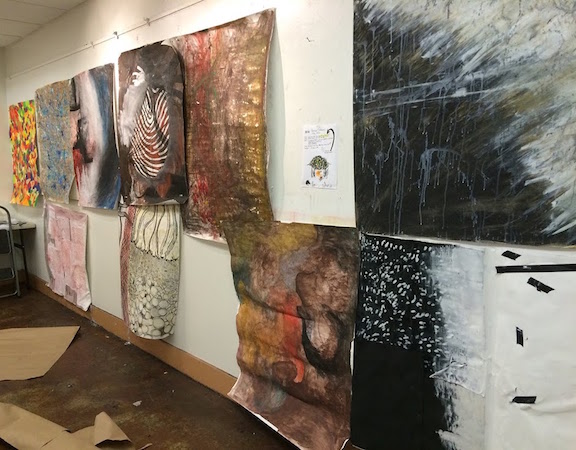Eurasia Siberian Symphony 1963
Joseph Beuys (German, 1921–1986)
1966. Panel with chalk drawing, felt, fat, taxidermied hare, and painted poles, 6' x 7' 6 3/4" x 20" (183 x 230 x 50 cm). Gift of Frederic Clay Bartlett (by exchange). © 2012 Artists Rights Society (ARS), New York / VG Bild-Kunst, Bonn
Eurasia Siberian Symphony 1963 is composed from materials used during a 1966 performance, or “action,” by the artist at a Berlin gallery. Eurasia, the continental block that links Europe and Asia, evokes the fusion of Eastern and Western cultures, particularly resonant for Beuys in divided, Cold War Germany. The hare, with its quick jumps, suggests the ability to span long distances. The blackboard notes the degrees of the angles of fat and felt affixed to the poles during the performance and the temperature (42 degrees Celsius) of a high human fever. Fat and felt are essential components of Beuys’s “warmth theory” of art; he was deeply interested in the calorie’s role in the preservation of life and the insulating properties of felt.
Source is Museum of Modern Art


No comments:
Post a Comment